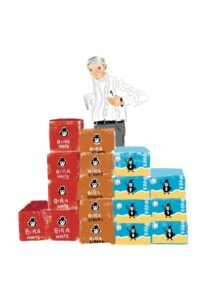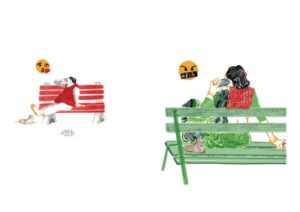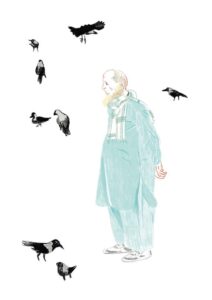Ankur Ahuja’s illustrations talk about inconspicuous & authentic Delhiites
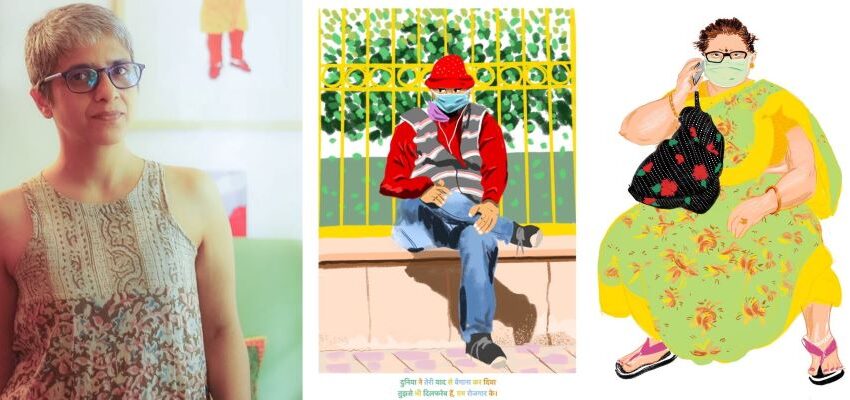
The artist and her works
Rajkumari Sharma Tankha
Spot Stalk Spy Snoop: Delhi, a covert mission of illustrations on Delhi on view at India International Centre, New Delhi by Ankur Ahuja is nothing if not interesting. On display are around 53 works (and the list is growing) that Ahuja made in the last three years ‘snooping around’ in the Capital, each more remarkable than the other. “The show is a silent social commentary on the unique kind of isolation that all crowded cities like Delhi radiate,” says Ahuja, who plans to take the show to other cities as well.
Born and brought up in Old Delhi , Ahuja is not just an illustrator but also an ace photographer and a cinematographer, who takes each of her roles with equal seriousness. She studied filmmaking at MCRC, Jamia Milia Islamia University after completing English Literature at Delhi University. Speaking with Life & More, the artist delves deeper into her ongoing show:
So, what’s Spot Stalk Spy Snoop: Delhi all about? And that’s quite an unusual name too…
My show is a collection of portraits of the inconspicuous people of Delhi. The variety of Delhi’s socio-cultural depth is often lost on us because we’re so obsessed with its spectacular past. My portraits are an attempt at shining the spotlight on the person on the street as a way of documenting our people and their idiosyncrasies in the present.
The name Spot Stalk Spy Snoop is a light-hearted exaggeration of my process. Sometimes I find myself staring too hard and too long at people, something that’s commonly known as ‘observing’. It’s a crack at myself and my process.
Why do you say your relationship with Delhi is mutually unfulfilling and toxic?
A fulfilling relationship requires that there’s an equal exchange of love and desire. You may love Delhi but as soon as you step out of your house you’re likely to face something unpleasant that will make you reconsider your affection for the city. I’m forever in two minds. I feel like Delhi doesn’t reciprocate my feelings for it, yet I’m constantly at its doorstep with flowers and chocolates. I mostly feel spurned by Delhi. It’s definitely a difficult relationship.

How does it feel to be back to the physical shows after two years of online? Which one do you find better, and why?
It is fantastic to have a physical show, online exhibitions are great but they really do not do justice to the artworks, especially if they are made for paper not for a screen. It’s great to be able to do that and get feedback as well from fellow artists, friends and patrons. To be able to evolve it’s important to hear what others think of your work.
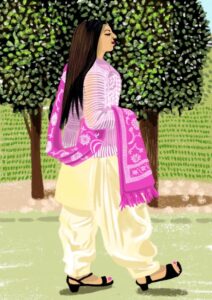
Of all the things you do – photography, cinematography and illustrations- which one is your favourite and why.
I’m devoted to all in equal measure. They coincide in many aspects and I love to bring experiences from one into another, each craft feeds the other. Each has its basis in observation and catching the right moment, what Cartier-Bresson in 1952 called the ‘decisive moment’, which is essentially capturing the moment where all the visual and psychological elements seem to be in sync. Interestingly, Bresson also said that ‘photographing’ for him was like ‘instant drawing’. When I’m drawing it’s the reverse for me. Drawing for me is about capturing the ‘decisive moment’ as in ‘photography’. I find them all to be equally meditative, as long as it’s a solo practice.
Exhibition is on view till April 26, 11am to 7pm daily


